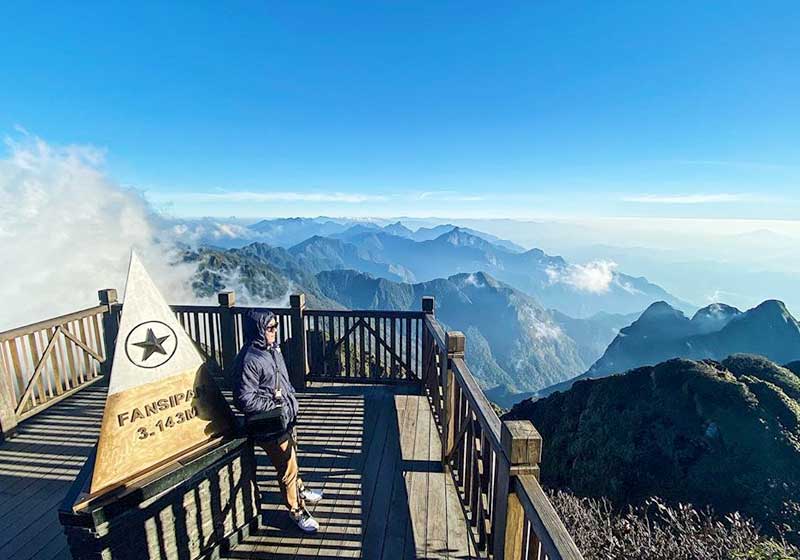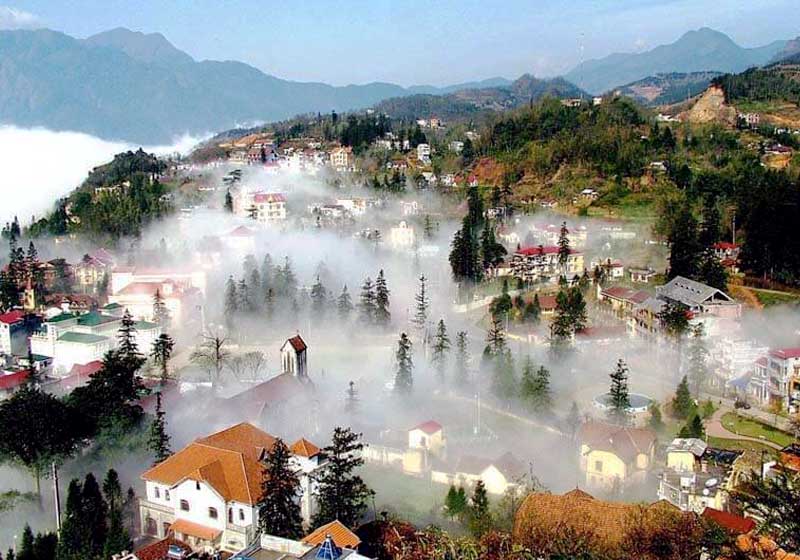What to see in Sapa Vietnam
Where is Sapa
Sapa, a gem in the mountains. It ‘s in the northwest of Vietnam, 350 km from Hanoi, the heart of the beautiful mountains that stretches to the border of China and Laos, as the hill tribes resident more remarkable. Main destination of Northwest Sapa (pronounced Chapa) lies in a superb valley in a beautiful mountain ridge covered with hamlets, near the Chinese border. This beautiful region is populated by many ethnic minorities of the Hmong and Dao.
As in other parts of Asia, outside influences have gradually eroded the rich cultural identity of so many ethnic minorities in Vietnam. Few of them still wear the traditional costume, with the exception of women in remote villages in the far north of the country. If the introduction of electricity, modern medicine and education are undeniable progress, this evolution is accompanied by the abandonment of traditions.

Minorities enjoy full autonomy, and although the official national language is Vietnamese, children continue to learn their own language. Police and military often belong to the local ethnic groups well represented in the National Assembly in Hanoi.
The poor roads once made access difficult Sapa from Hanoi. But since the improvement of roads, Sapa is now a very touristic place, however “this country blue, as it is called, located at 1650 m altitude still worth a visit. How to get to Sapa from Hanoi ?
Almost daily, the Montagnards endorse their costumes around the most colorful and made their way to the Sapa market. On Saturday, the animation reached its climax: see farmers going to market and returning to their villages and hamlets mostly within 3 km from the city is a spectacle unto itself.
Located on the main square of the village and on the stairs around the large market is held on Saturday: most ethnic groups in the region come to sell their products. Hmong black majority are recognizable lovely silver buckles worn by women in their ears (sometimes several superimposed)
You can observe games lovers teen-age marriage (13-15 years) dressed in their finest clothes that are different from those of married women, they find themselves in the dark corners of the market; not to sell trinkets to tourists, but to meet them and get to know the boys, away from prying eyes if possible. This is called Sapa “night market of love.” For this courtship, the boys are up to three turbans around their heads. This ritual is far from being simply folk but absolutely essential for the social cohesion of these groups live dispersed, and it is a factor in the reproductive system of the group to avoid inbreeding.
Around Sapa rice terraces are spread over the slopes of the mountains and hikes are organized to go to the villages where, with a guide, we can meet the villagers and more easily communicate with them.
In Sapa, always the wearther is fresh it is necessary to bring a sweater, even in summer: do not forget that we are at an altitude of 1600 m and is often threatening rain, without interfering truly and without last time. In winter, by cons, it is necessary to dress warmly because it is cold (0 ° C) and wet January and February are the coldest months and more hazy. March to May, the climate is great most of the time.
It is by observing the photos that you can realize the extreme wealth we disclose Sapa with traditional costumes, bags red pompoms, the lovely silver earrings and these lovely children who come to your meeting in a bucolic setting.
Sapa, this should not undermine the morale you: after a long and winding road quite as lasting long enough, the reward is at the end of the road.
Read more Bus : Hanoi to Ha Giang Bus Limousine + Vip Bus + Cabin Bus + Sleeper Bus
